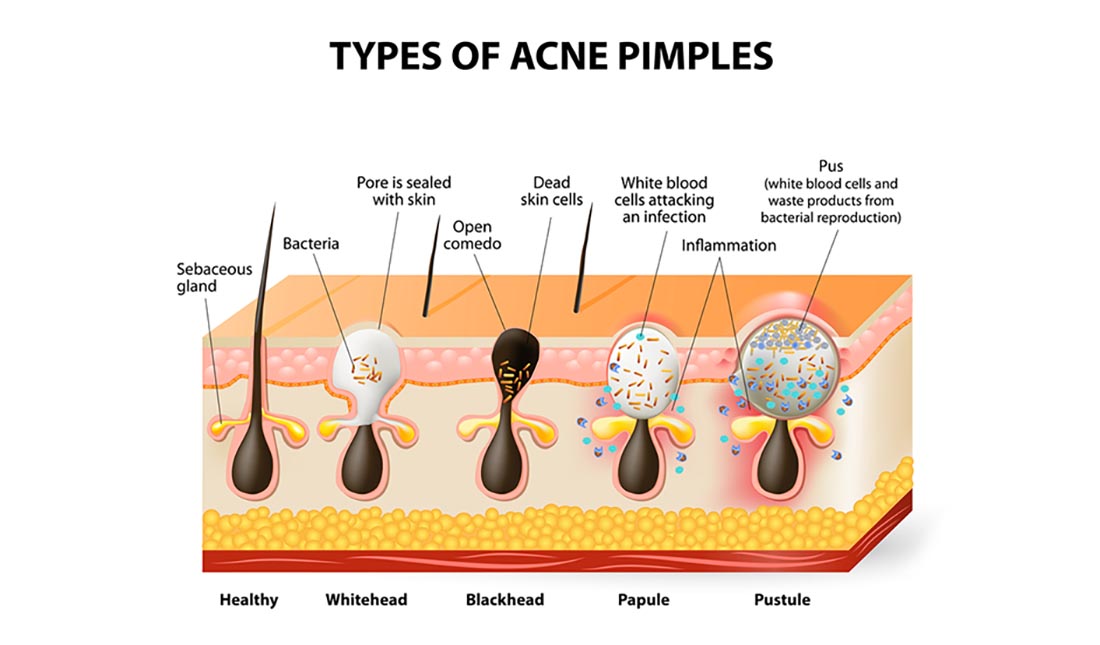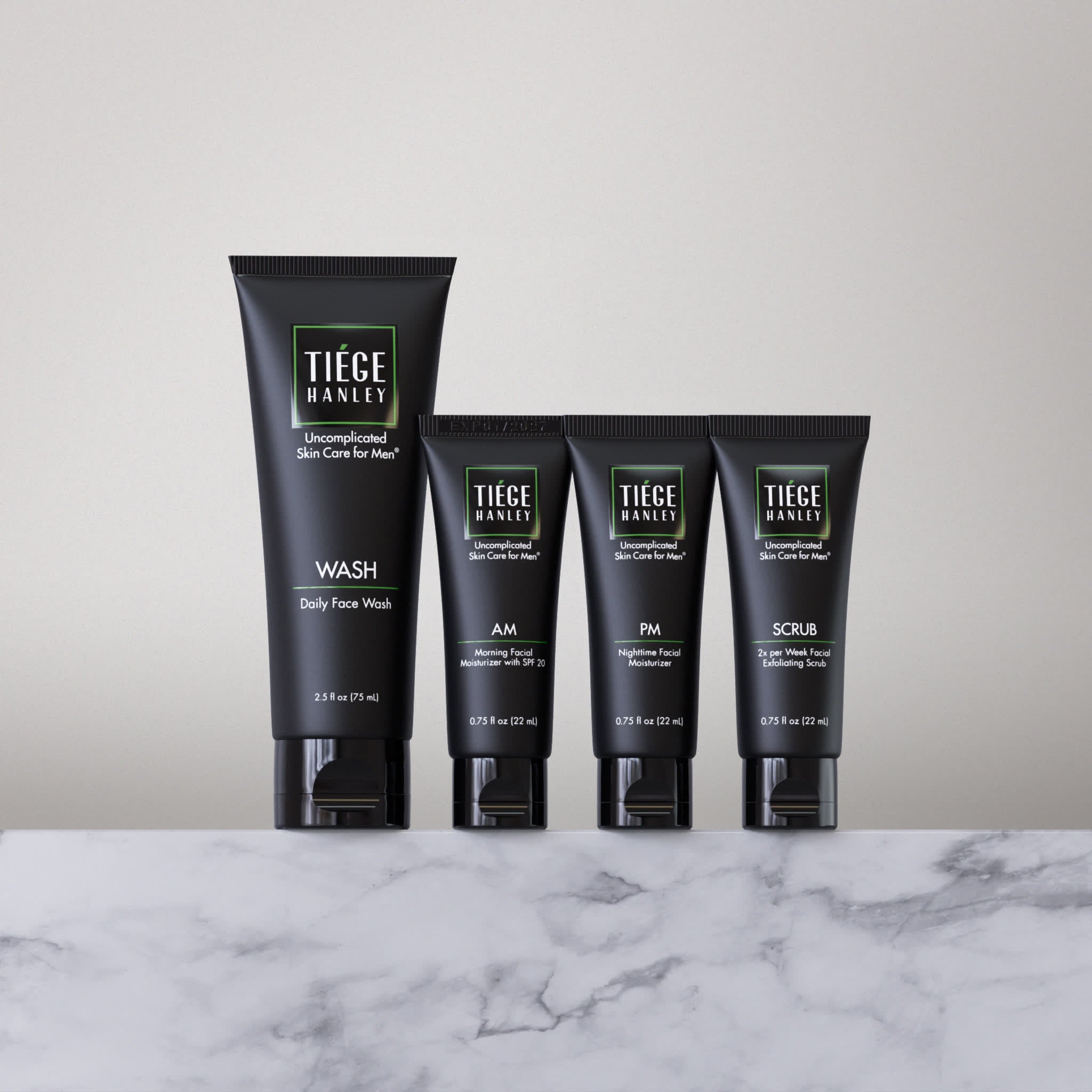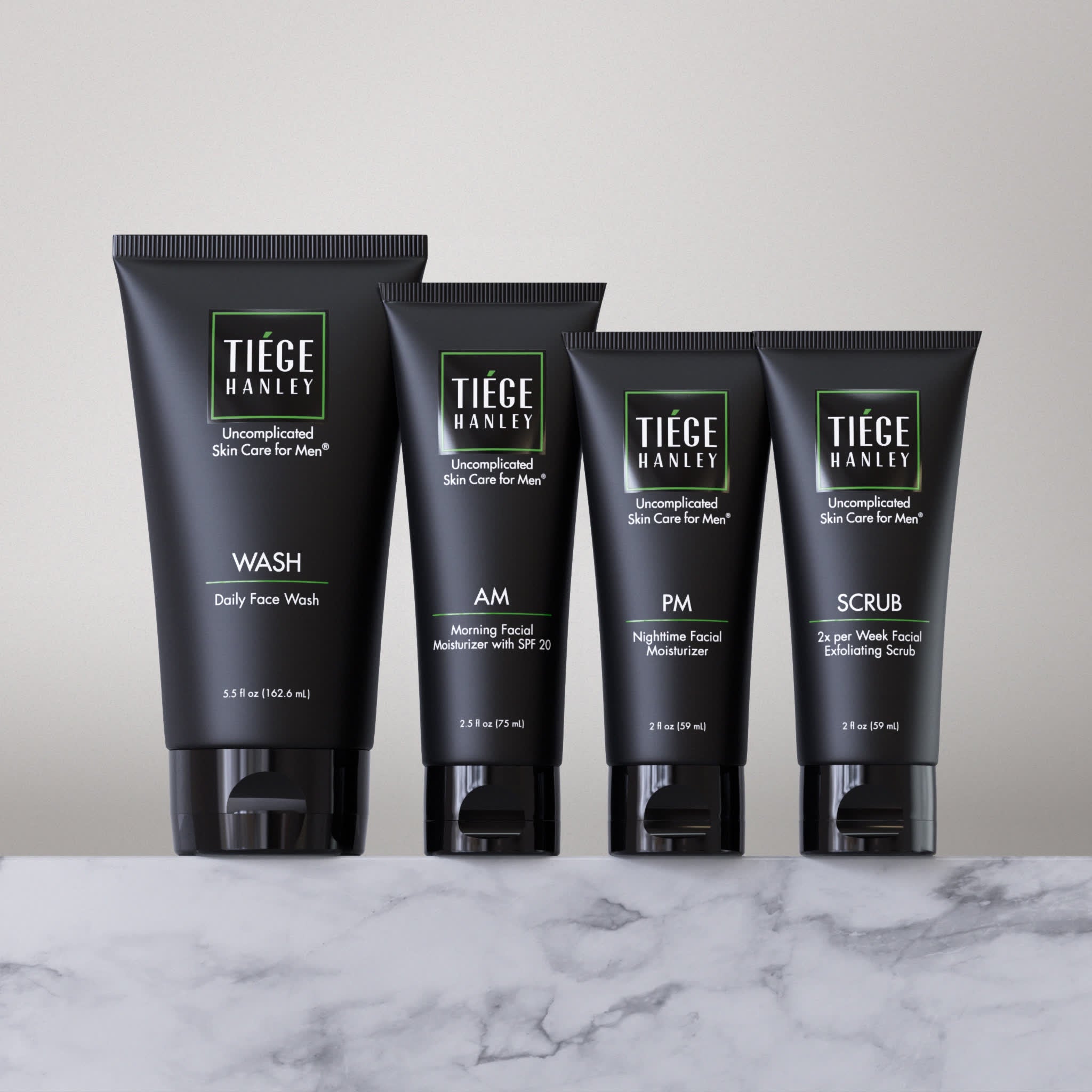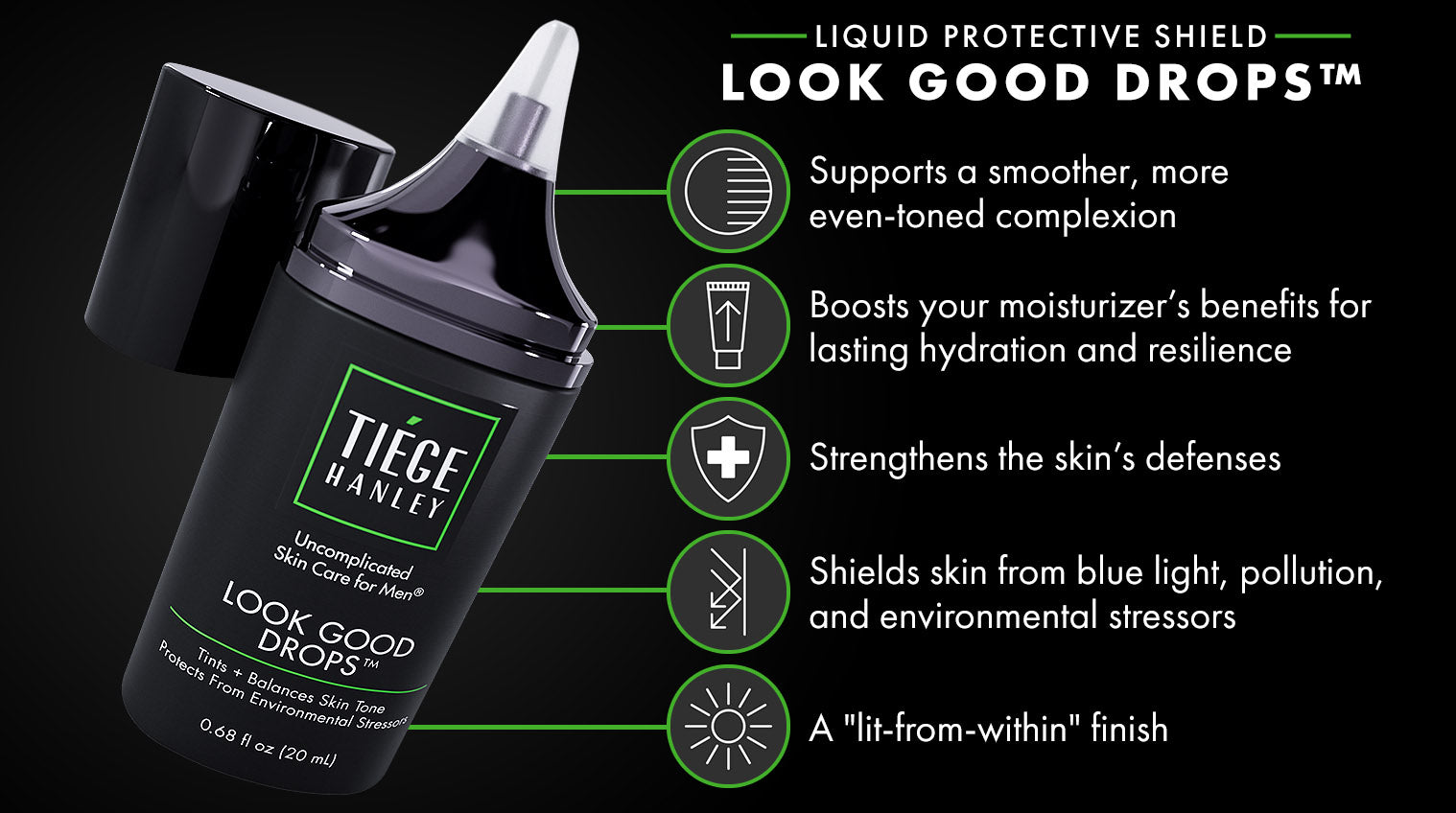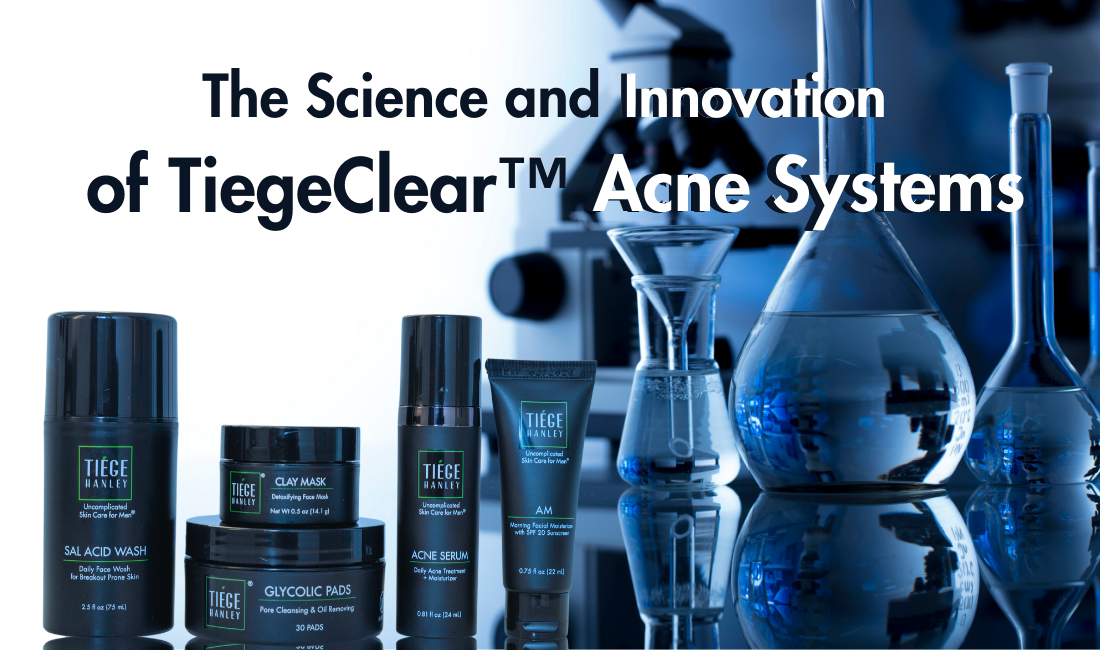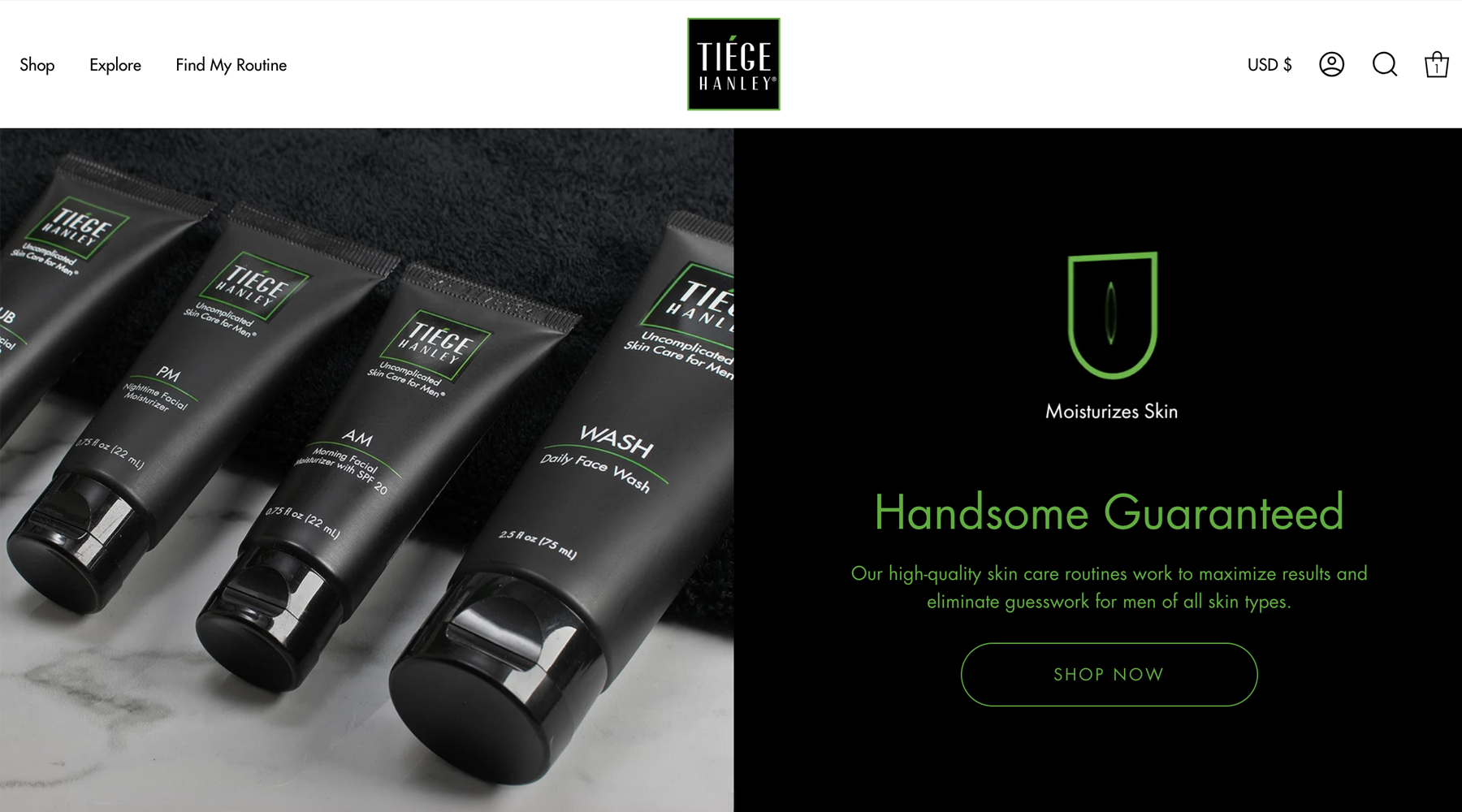Stubborn zits, pesky pimples, severe acne—our breakouts can be described in a variety of colorful ways. Have you ever wondered what the actual difference is between acne, zits and pimples?
While many of us are guilty of using these three terms interchangeably, they aren’t the same thing. In fact, understanding their meanings could be the missing puzzle piece to clearing up your skin once and for all.
Here’s what you need to know about acne vs. zits vs. pimples and how to treat them:
- Acne is a skin condition, whereas pimples and zits are symptoms of this condition
- Pimples and zits are acne lesions that form when dead skin cells, oil and bacteria clog the pores of the skin
- Knowing the specific type of acne you have is key to choosing the right treatment option
Before you can achieve clear skin, it helps to know what these specific skin care terms mean. Let’s take a closer look.
Breaking It Down—The Difference Between Acne, Zits and Pimples
The difference between acne, zits and pimples is quite simple. First, we’ll explain what acne is before distinguishing it from zits and pimples.
GOT ACNE?What Is Acne?
Acne vulgaris is an inflammatory skin condition that involves changes to the pilosebaceous units, a structure that comprises the hair follicle and its associated sebaceous gland (aka, oil gland). Acne lesions (often called pimples and zits) are symptoms of this condition and develop when oil from the sebaceous glands and dead skin cells combine to plug the hair follicles.
You can have acne around the mouth, on the forehead, on the back—virtually, anywhere hair follicles are connected to oil glands. You can also experience different types of acne, including comedones (aka, whiteheads and blackheads), inflammatory acne and nodulocystic acne.
Acne is particularly common in Westernized societies, though scientists aren’t quite sure why. According to a 1998 study published in the Journal of the American Academy of Dermatology, researchers estimate that acne vulgaris affects anywhere from 40 to 50 million people in the United States alone (see claim: “Acne affects between 40 to 50 million individuals in the United States.”)

Zit vs. Pimple
Now, let’s talk about zits vs. pimples. These two terms are used interchangeably because they both refer to the same thing.
Although zits and pimples are often used to describe any and all types of acne, they specifically refer to inflammatory acne lesions such as papules and pustules. Both types of acne blemishes develop when bacteria, oil and dead skin cells are pushed deep into the skin.
If your face keeps breaking out all of a sudden for no apparent reason, it could be that your skin has a higher presence of P. acnes bacteria (recently renamed C. acnes), a tiny microbe that has been implicated in the development of acne. When P. acnes get into our pores and aggravate our immune system, the result is typically a painful, red bump.
It’s worth noting that not all P. acnes bacteria are harmful. According to a 2013 study published in the Journal of Investigative Dermatology, certain strains of P. acnes are associated with good health and may help protect the skin (see claim: “Certain strains were highly associated with acne, and other strains were enriched in healthy skin.”)
Take the skin care quiz
Acne Treatments for Zits and Pimples
To sum things up, acne is an inflammatory skin condition, while zits and pimples are a moderate form of acne that take the form of swollen, red bumps. Now, the question is this: What is the best way to get rid of pimples and zits?
While there are several treatment options for inflammatory acne, the first line of treatment usually starts with a regular skin care regimen. Washing your face twice daily with a facial cleanser and following up with an acne cream containing Salicylic Acid is typically an effective and affordable treatment option.
Other treatment options for inflammatory acne include prescribed retinoids (such as Tretinoin) and topical antibiotics. These options are more expensive and require you to see a dermatologist.
Whatever you do, resist the urge to pop your pimples and zits. Pustules and papules can lead to acne scars that take a long time to fade—if they fade at all. Be patient with your skin and give your acne treatment a few weeks to clear up your skin.
Prevention Is the Best Approach
Now that you know the difference between acne, zits and pimples, you can take the right approach to achieve clearer skin. After you get your acne under control, you can then switch your focus to preventing pimples and zits with a simple skin care routine.
References
White, Gary M. “Recent Findings in the Epidemiologic Evidence, Classification, and Subtypes of Acne Vulgaris.” Journal of the American Academy of Dermatology, vol. 39, no. 2, Aug. 1998, pp. S34–37. www.jaad.org, doi:10.1016/S0190-9622(98)70442-6.
Fitz-Gibbon, Sorel, et al. “Propionibacterium Acnes Strain Populations in the Human Skin Microbiome Associated with Acne.” Journal of Investigative Dermatology, vol. 133, no. 9, Sept. 2013, pp. 2152–60. www.jidonline.org, doi:10.1038/jid.2013.21.

